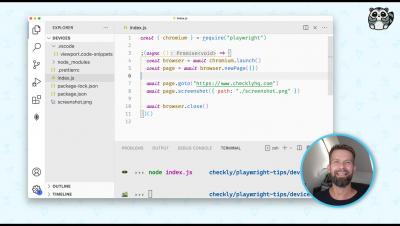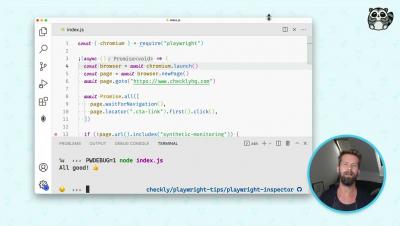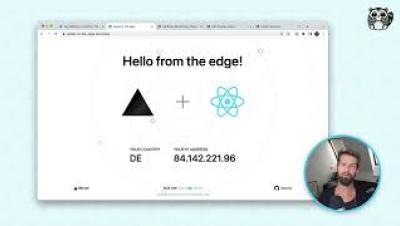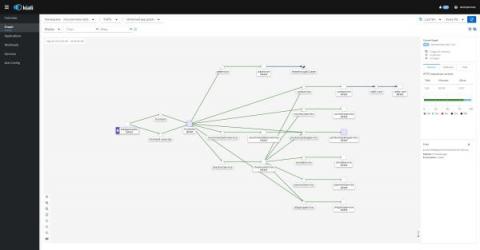Operations | Monitoring | ITSM | DevOps | Cloud
API
The latest News and Information on API Development, Management, Monitoring, and related technologies.
API Security - Threats & Best Practices
An API is an interface that allows other software programs to access and execute software programs. Software programs exchange data and communicate via this code. Communicating between products and services without requiring users to understand how they work. Social networks, games, database systems, and devices use web APIs to connect with applications.
How to Build Multi-Arch Docker Images
With ARM based dev machines and servers becoming more common, it is become increasingly important to build Docker images that support multiple architectures. This guide will show you how to build these Docker images on any machine of your choosing.
Network telemetry in Sumo Logic
Recently we caught up with the Sumo Logic team to discuss network visibility and optimizing application stack views. We took a look at their API and found that it would be easiest to use the HTTP Ingest method to send in our metric data.
A Guide on How to Monitor GraphQL APIs
GraphQL has replaced REST since its debut in 2015 and has gained popularity. It provides the flexibility frontend developers have longed for. The days of begging with backend developers for single-purpose endpoints are over. Now, a query can provide all the necessary data and request it at once, theoretically reducing latency by a significant amount. Everything was much easier with REST, especially monitoring.
How to Avoid Getting Your Pod OOMKilled
In this blog, understand why your pod has OOMKilled errors when provisioning Kubernetes resources and how Speedscale can aid with automated testing. When creating production-level applications, enterprises want to ensure the high availability of services. This often results in a lengthy development process that requires extensive testing for the applications or a new release.
How to debug your Playwright scripts with the built-in inspector
How to globally monitor your edge functions using Checkly
Using Open Source for API Observability
API Observability isn't exactly new, however it's popularity has seen rapid growth in the past few years in terms of popularity. API Observability using open source is different from regular API monitoring, as it allows you to get deeper and extract more valuable insights. Although it takes a bit more effort to set up, once you've got an observability infrastructure running it can be immensely helpful not only in catching errors and making debugging easier, but also in finding areas that can be optimized.











